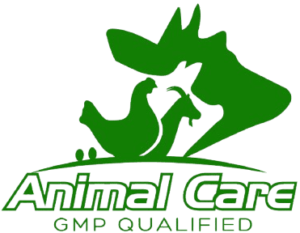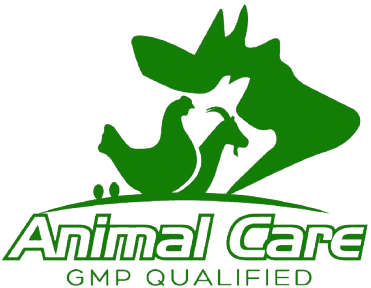Introduction
Maintaining a healthy pig population is critical for the success of any pig farming operation. However, pigs are vulnerable to numerous diseases that can impair their growth, reduce fertility, and cause significant financial losses. Understanding the most common diseases, their causes, and the best practices for prevention and treatment is essential for farmers aiming to minimize the impact of disease on their herd.
1. Porcine Reproductive and Respiratory Syndrome (PRRS)
Definition:
PRRS is a viral disease that primarily affects the reproductive and respiratory systems of pigs. It can lead to significant reproductive failures in sows and respiratory problems in piglets.
Causes:
PRRS is caused by the Porcine Reproductive and Respiratory Syndrome Virus (PRRSV), which spreads through direct contact with infected animals, contaminated equipment, and airborne transmission.
Symptoms:
- Respiratory issues such as coughing and labored breathing
- Weak growth and low weight gain in piglets
- Reproductive failures, including stillbirths and abortions in sows
Prevention:
PRRS prevention focuses on biosecurity and vaccination. Strict hygiene and isolation protocols for new pigs are important. Regular vaccination programs are recommended to minimize outbreaks.
Treatment:
There is no cure for PRRS, but symptoms can be managed. Supporting respiratory health and treating secondary infections with animalcare antibiotics can help improve recovery rates.
2. Swine Dysentery
Definition:
Swine dysentery is a bacterial disease that affects the large intestine of pigs, causing severe diarrhea and dehydration.
Causes:
This disease is caused by Brachyspira hyodysenteriae, and it spreads through contaminated feed, water, and contact with feces from infected pigs.
Symptoms:
- Bloody diarrhea
- Severe dehydration
- Loss of appetite and weight
Prevention:
Good sanitation practices and biosecurity can significantly reduce the risk of swine dysentery. Using Mascot feed additives to enhance gut health can further lower the likelihood of infections.
Treatment:
Swine dysentery is typically treated with antibiotics. animalcare offers a range of antibiotics effective against bacterial infections in pigs.
3. Foot and Mouth Disease (FMD)
Definition:
Foot and Mouth Disease is a highly contagious viral disease that affects cloven-hoofed animals, including pigs, and causes fever and painful blisters.
Causes:
FMD is caused by the Foot and Mouth Disease Virus (FMDV), which spreads through direct contact with infected animals or contaminated equipment.
Symptoms:
- High fever
- Blisters in the mouth, feet, and snout
- Lameness and reluctance to move
Prevention:
Strict quarantine for new animals and routine vaccination are the best ways to prevent FMD. Maintaining farm cleanliness is crucial to limiting the virus’s spread.
Treatment:
There is no specific treatment for FMD. Infected animals should be isolated to prevent further spread. Secondary infections can be treated using Mascot antibacterial products.
Conclusion
Pigs are susceptible to a variety of diseases that can significantly affect their health and the productivity of the farm. Implementing good biosecurity practices, maintaining sanitation, and adhering to vaccination programs are critical for preventing common pig diseases. For treatment and managing symptoms, animalcare and Mascot products provide effective and reliable solutions for combating infections and promoting overall pig health.
With the right combination of prevention and treatment strategies, pig farmers can reduce disease-related losses and ensure the sustainability and profitability of their operations.




